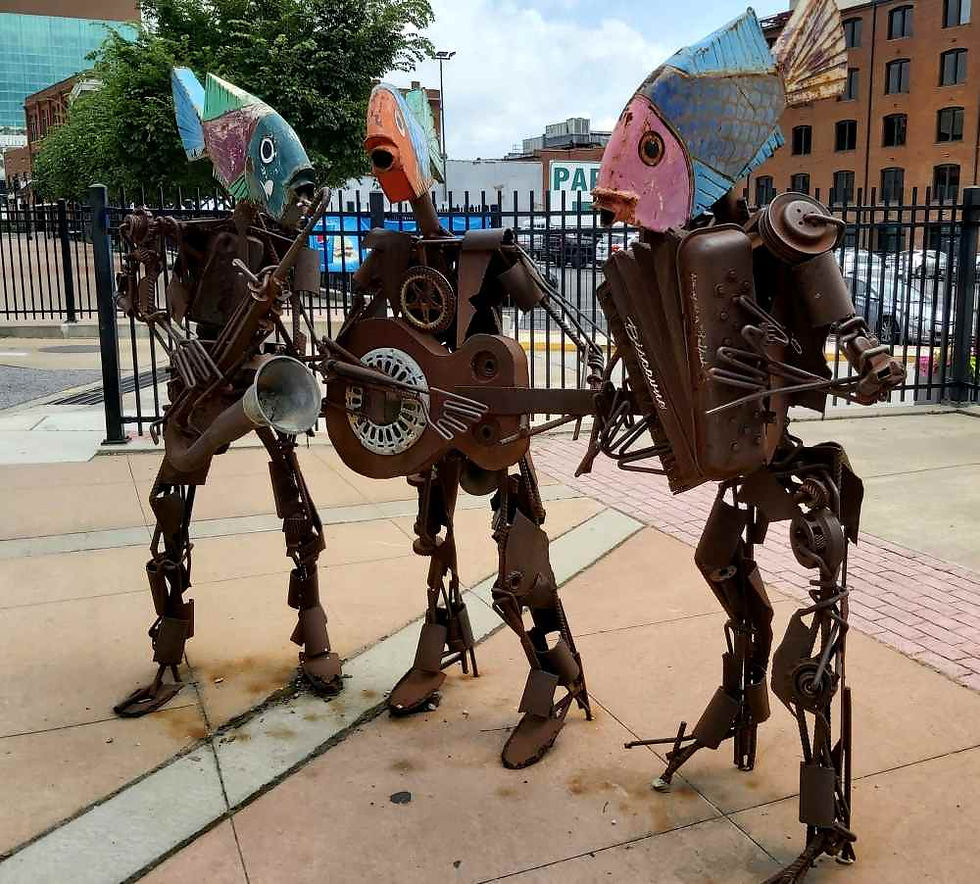China: Lama Temple, Beijing
- Matthew P G

- Jan 20, 2023
- 2 min read


April 1998
This was my third visit to Yonghe Temple because along with the Forbidden City, it was high on anyone's list in Beijing. The complex is huge and beautiful and right in the heart of the Chinese capital.
The Yonghe Temple ("Palace of Peace and Harmony"), also known as the Yonghe Lamasery, or popularly as the Lama Temple, is a temple and monastery of the Gelug school of Tibetan Buddhism located on 12 Yonghegong Street, Dongcheng District, Beijing, China. The building and artwork of the temple is a combination of Han Chinese and Tibetan styles. This building is one of the largest Tibetan Buddhist monasteries in China proper.
...
In Yonghe Temple, because Emperor Qianlong was born there, (...) became the center of the Qing government in charge of Tibetan Buddhism affairs across the country. Yonghe Temple was the highest Buddhist temple in the country in the middle and late Qing Dynasty.
...
According to scholar Peter Harvey, the number of adherents of (...) Northern Buddhism is (Vajrayana) 18.2 million.
(Wikipedia)
At its peak, Tibetan Buddhism was the state religion of China and had far more adherents than the 18.2 million of today. The location of Yonghe Temple in Beijing located so close to the Imperial Palace is a testament to that. My "aha" moment was not visiting the seemingly millionth temple in East Asia (even though it was striking large and well-maintained). What I realized was just how powerful Tibetan (Vajrayana) Buddhism had been and why the Chinese government was so afraid of it. Of course, everyone focuses on Tibet, and the flight of the Dalai Lama after the Chinese takeover. What people do NOT talk about was how much power the Dalai Lama would have had over Tibetan Buddhist adherents outside of Tibet proper. The takeover of Tibet and his exile was more akin to the Pope getting shut up in Vatican city after years of the Papacy being incredibly politically influential in Europe and the sometimes forced abandonment of Roman Catholicism in favor of other forms of Christianity less influenced by one person.
From a Machiavellian and purely political viewpoint, the Chinese government felt they had no choice but to rein in the influence of a religion whose headquarters were outside of historical China. Tibet had been independent for centuries (but had been annexed several times by China or the Mongols during that period as well). With a Chinese Tibet and a government-installed Dalai Lama, the fear of outside religious influence across the country was greatly diminished. Politically, it was a case of quelling any possible choice of opposition.
For me, each time I saw the Lama Temple, I only thought "wow, Tibetan Buddhism really was powerful at a crucial point in China's history". Do people mourn the Pope being "exiled" to Vatican city to be sure he has no political power? Are the Chinese overreacting to the Dalai Lama given the diminished numbers of practicing Tibetan Buddhists in Han China? As with many things I learned in my travels, the more I found out, the blurrier it became.



Comments